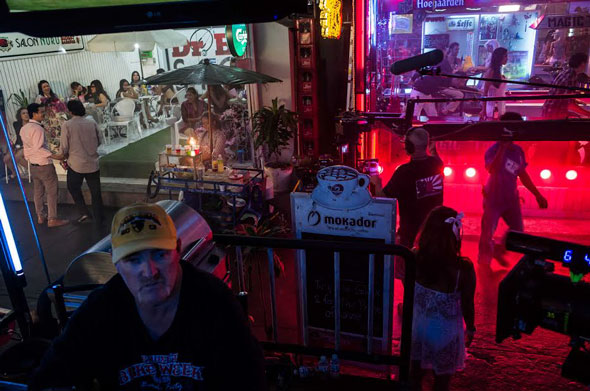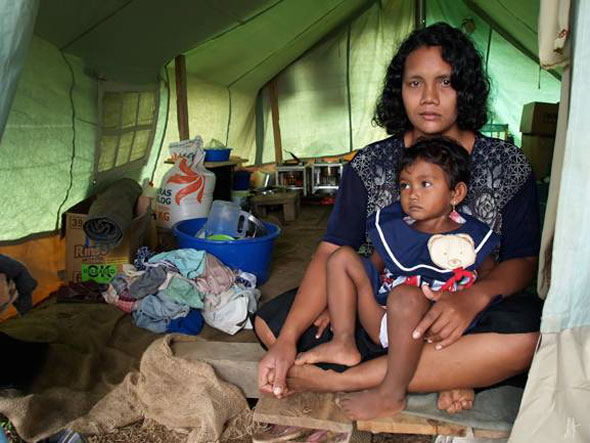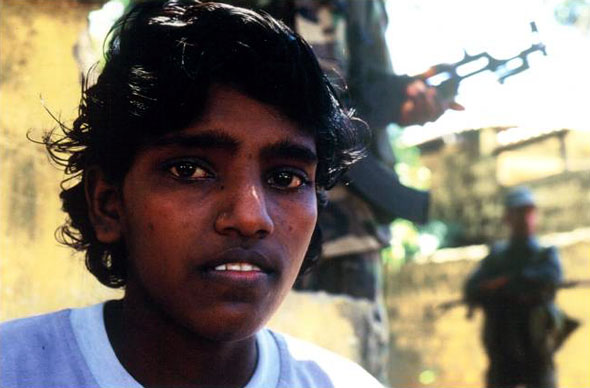This is a writer’s golden rule: don’t try to tell a story in every detail. If a writer attempts to say and explain everything you’ll end up with a bore of a story. Use as few words as possible. Trust the reader to bridge the narrative gaps with his or her own active imagination. Otherwise it’s just sentences. It’s not too different for photographers trying to tell a story: a good photo that tells a whole story usually captures one scene in such an evocative way that it suggests the rest of the story. Otherwise it’s just pixels.
A good photo suggests a different story for each viewer. But there are some guidelines. Wider focal angles invoke more complex stories. A zoom shot is a narrow selection and excludes a much larger story, even though a facial expression can be a story in itself invoking much more than what just meets the eye.
Take this photo by our regular contributor, photographer Lorenzo Moscia:

This is photographic storytelling — many stories developing in a single frame. Even though photographs per se do not tell stories. A photo alone cannot tell a story. It’s the viewer who creates the story. A single photo is only part of a bigger picture. It can give hints of the bigger picture and symbolize a grander story, but not tell it. That’s up to each and one of us.
Now what makes a photograph “good”? A photo is made by “association.” Anyone looking at a photo will associate ideas and feelings with it. Our own imagination will fill in the gaps with what we know and create a narrative around it by associating ideas, feelings and emotions with it. Triggering the right emotional responses, that’s what makes a photograph great. Because great stories equal real emotions.

A good photograph is one that evokes an emotional response. Love, hate, passion, a good photograph has the power and ability to convey narrative, ideas and messages — all of which are important elements of storytelling. If the photograph lacks the human emotional element one can as well stare at graphics and statistics.
As a rule of thumb: the wider you shoot with the more focus on the human element, the more likely you capture emotion and therefore a story. But again, in photography rules exist to be broken. Sometimes simplicity rules, in other cases the carefully planned juxtaposition. Or like here, the fear in the eyes of the Tamil child soldier, a girl:

Most good photos happen unexpected. They’re often the product of curiosity and surprise. Add the combination of factors that are not easily controlled, such as light, movement, surroundings — and the all-important emotion.
Next time, go after emotion.


